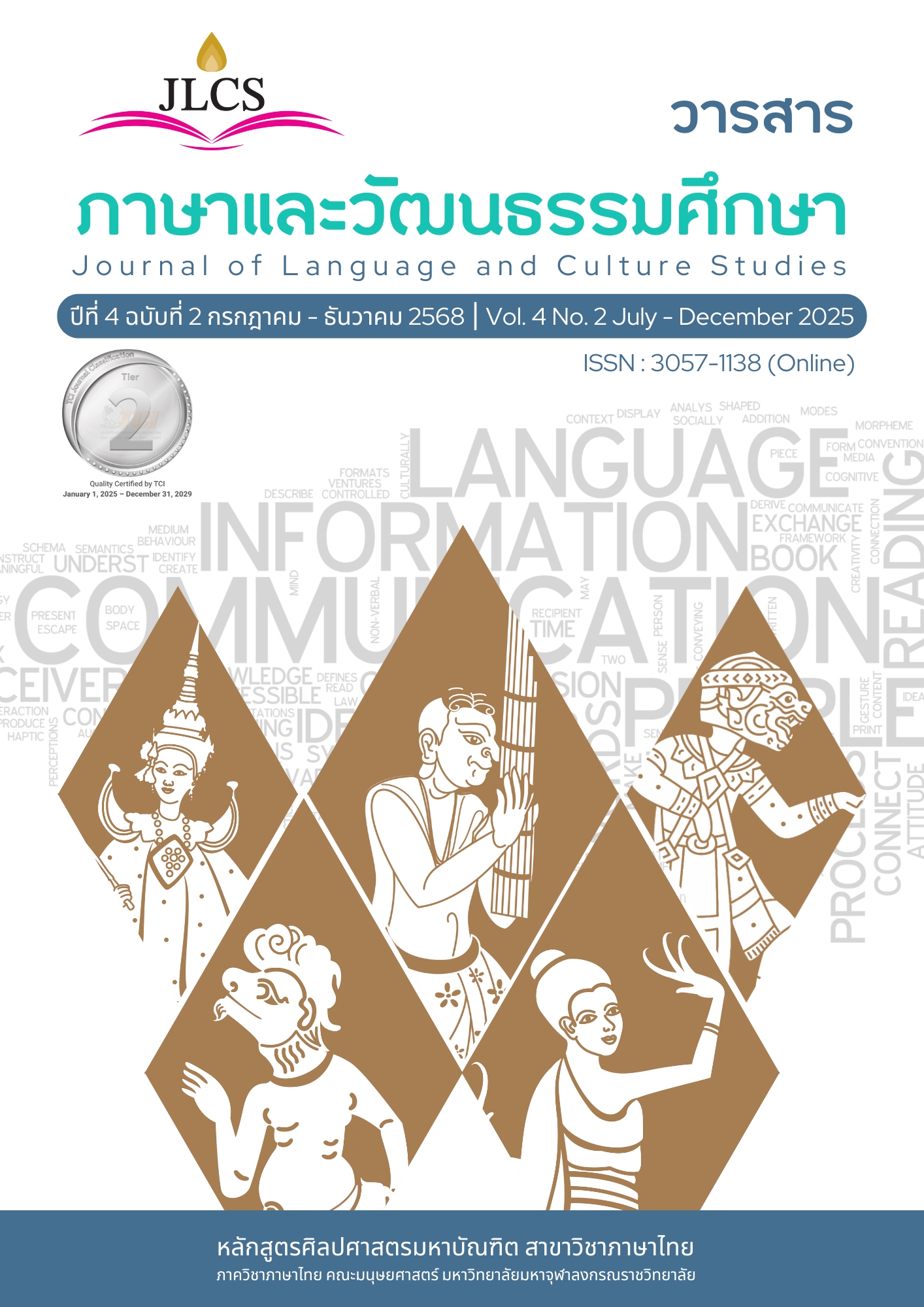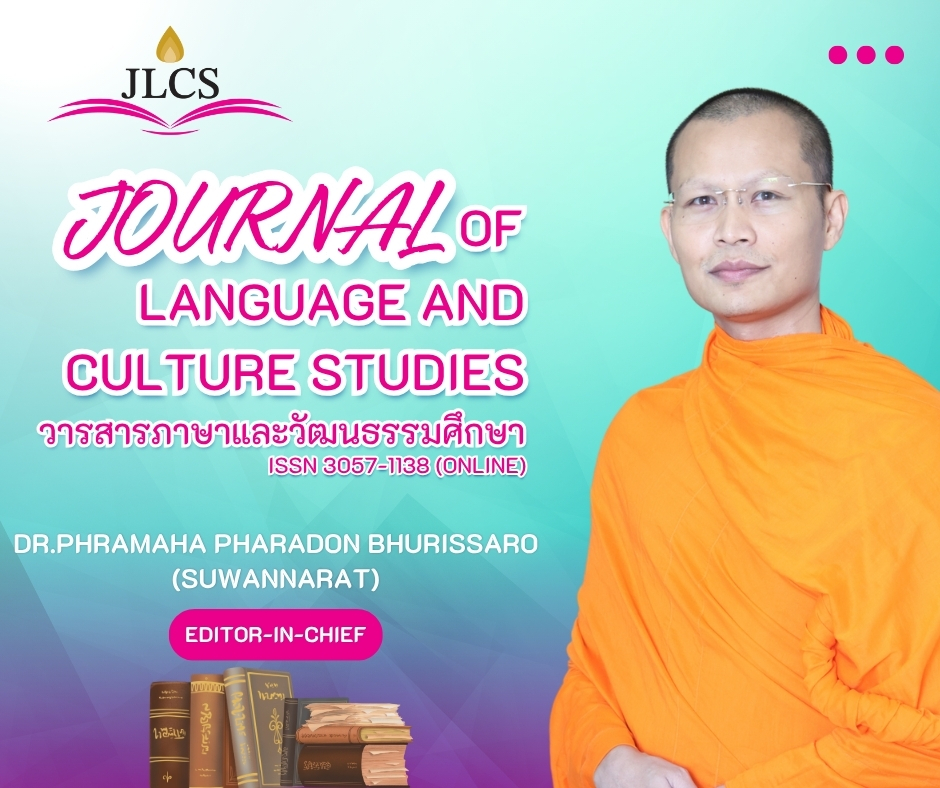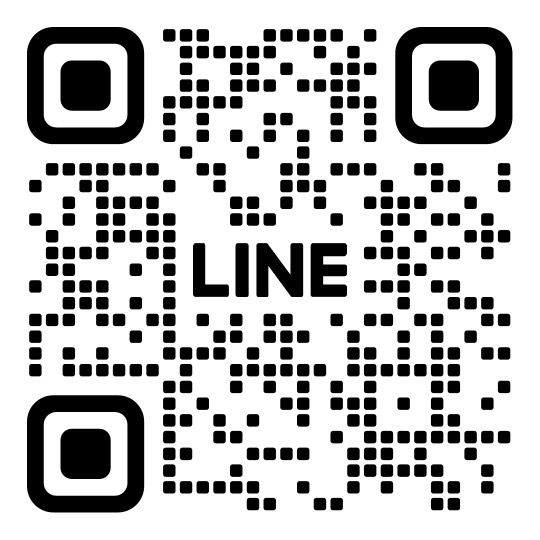DRIVING LANGUAGE TRANSLATION WITH ARTIFICIAL INTELLIGENCE TO ENHANCE CROSS-CULTURAL COMMUNICATION: OPPORTUNITIES, CHALLENGES, AND FUTURE DIRECTIONS
Keywords:
Language Translation, Artificial Intelligence, Cross-Cultural Communication, , Natural Language Processing, Machine Translation TechnologyAbstract
This academic article explores the advancement of Artificial Intelligence (AI)-driven language translation technologies to enhance cross-cultural communication in the digital age. It examines key concepts of translation, the integration of Artificial Intelligence (AI) and Natural Language Processing (NLP), and presents practical case studies from business, education, and international organizations. The findings indicate that Artificial Intelligence (AI), especially Neural Machine Translation and large language models, significantly improve the accuracy and speed of translation. Nevertheless, challenges remain in capturing cultural nuances, emotions, idioms, and context-specific meanings. The article suggests future directions, such as developing culturally sensitive Artificial Intelligence (AI), expanding local language databases, and promoting collaboration among the government, the private sector, and academia to create high-quality translation systems. Such advancements will support more effective and inclusive cross-cultural communication.
References
กาญจนา หอมนาน ไพโรจน์ ด้วงนคร และประเวศ เวชชะ. (2567). ปัญญาประดิษฐ์เป็นเครื่องมือในการพัฒนาการจัดการเชิงกลยุทธ์ที่เสริมสร้างบรรยากาศที่เอื้อต่อการเรียนรู้: กรณีศึกษาที่ BTIS. วารสารสมาคมพัฒนาวิชาชีพการบริหารการศึกษาแห่งประเทศไทย (สพบท.), 6(4), 219–228.
กุสุมา เรืองพัฒนกูล. (2567). กลวิธีการเรียนรู้ภาษาอังกฤษด้วยตนเองเพื่อยกระดับความสามารถทางภาษาอังกฤษ: กรณีศึกษานักศึกษาสาขาภาษาอังกฤษที่มีความสามารถทางภาษาอังกฤษสูง. วารสารวิชาการมนุษยศาสตร์และสังคมศาสตร์ มหาวิทยาลัยบูรพา, 11(2), 1–18.
จตุพร แทนเถื่อน และธนารักษ์ สารเถื่อนแก้ว. (2566). การใช้เทคโนโลยีปัญญาประดิษฐ์ (AI) เพื่อพัฒนาทักษะการอ่านของผู้เรียน. Journal of Applied Education, 1(4), 23–28.
ฉันทนา ปาปัดถา. (2562). พัฒนาการของเทคโนโลยีความเป็นจริงเสริม. วารสารเทคโนโลยีสื่อสารมวลชน มทร. พระนคร, 4(2), 72–83.
ชมพูนุท ถาวรวงศ์. (2563). บริบททางวัฒนธรรมในการแปล. วารสารวิชาการมนุษยศาสตร์และสังคมศาสตร์ มหาวิทยาลัยราชภัฏธนบุรี, 3(2), 110–119.
ชัชชน ดำรงเอกอรุณ ลูกเกด พิสิฐพิพัฒนา สัจจาภรณ์ ไวจรรยา และณัฐโชติ พรหมฤทธิ์. (2566). การพัฒนาระบบตรวจจับและแปลงภาษามือไทยเป็นภาษาไทย โดยใช้การเรียนรู้เชิงลึก. KKU Science Journal, 51(3), 216–225.
ณัฐศรัณย์ บํารุงศรี และจตุวิทย์ แก้วสุวรรณ์. (2564). การศึกษาการแปลคําศัพท์โลจิสติกส์จากภาษาอังกฤษสู่ภาษาไทยและภาษาจีน. วารสารวิชาการภาษาและวัฒนธรรมจีน, 8(1), 297–312.
นรินทร์ทิพย์ ทองศรี. (2567). การวิเคราะห์เปรียบเทียบการแปลภาษาอังกฤษเป็นภาษาไทยระหว่างผู้แปลที่เป็นมนุษย์และโปรแกรมแปลภาษา (Artificial Intelligence: AI ChatGPT). วารสารรามคำแหง ฉบับมนุษยศาสตร์, 43(2), 99–122.
ปาริตา ไพศาลรุ่งพนา พัฒน์ศรัญย์ เลาหไพบูลย์ อรณิชา คงวุฒิ และวุฒิรงค์ คงวุฒิ. (2567). บทบาท ประโยชน์ และความท้าทายของการประยุกต์ใช้ปัญญาประดิษฐ์เพื่อเสริมสร้างความมั่นคงปลอดภัยทางไซเบอร์. วารสารวิชาการมหาวิทยาลัยอีสเทิร์นเอเชีย ฉบับวิทยาศาสตร์และเทคโนโลยี, 18(3), 1–14.
ศิโรตม์ ภาคสุวรรณ. (2564). บทบาทของประเทศไทยในการพัฒนาปัญญาประดิษฐ์. วารสารปรัชญา ปริทรรศน์, 26(1), 137–145.
สุดาว เลิศวิสุทธิไพบูลย์. (2564). เทคโนโลยีปัญญาประดิษฐ์กับงานการยศาสตร์. วารสารความปลอดภัยและ สุขภาพ, 14(1). 1–4.
สูติเทพ ศิริพิพัฒนกุล ศรินย์ พรชัยวิศิษฎ์ และพัชราวดี ศรีบุญเรือง. (2567). ChatGPT เทคโนโลยีแชทบอท อัจฉริยะเพื่อการเรียนรู้แห่งอนาคต. วารสารครุศาสตร์, 52(2), 7-16.
เอกชัย พุมดวง และยุสนีย์ โสมทัศน์. (2567). ยุทธศาสตร์การสื่อสารข้ามวัฒนธรรมเพื่อสร้างความได้เปรียบใน การแข่งขันทางการท่องเที่ยวในพื้นที่มรดกโลกทางวัฒนธรรมของกลุ่มประเทศประชาคมอาเซียน. Journal of Roi Kaensarn Academi, 9(4), 448–466.
Hofstede G. & Hofstede G. J. (2005). Cultures and organizations: Software of the mind (2nd ed.). New York, NY: McGraw-Hill.
Kumar K. Faiz A. Shruti K. Chhabra M. and Setia S. (2024) "Translation Systems: A Synoptic Survey of Deep Learning Approaches and Techniques," 2024 11th International Conference on Reliability, Infocom Technologies and Optimization (Trends and Future Directions) (ICRITO), Noida, India, pp. 1-6.
Le D. (2024). Investigating how cultural differences influence the translation process and the strategies used by translators to bridge cultural gaps. Journal of Translation and Language Studies, 5(3), 26–36.
Shahmerdanova, R. (2025). Artificial Intelligence in Translation: Challenges and Opportunities. Acta Globalis Humanitatis et Linguarum, 2(1), 62–70.









